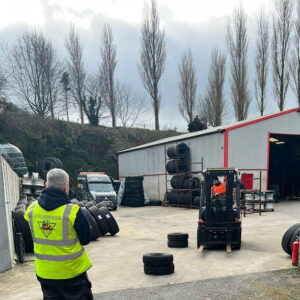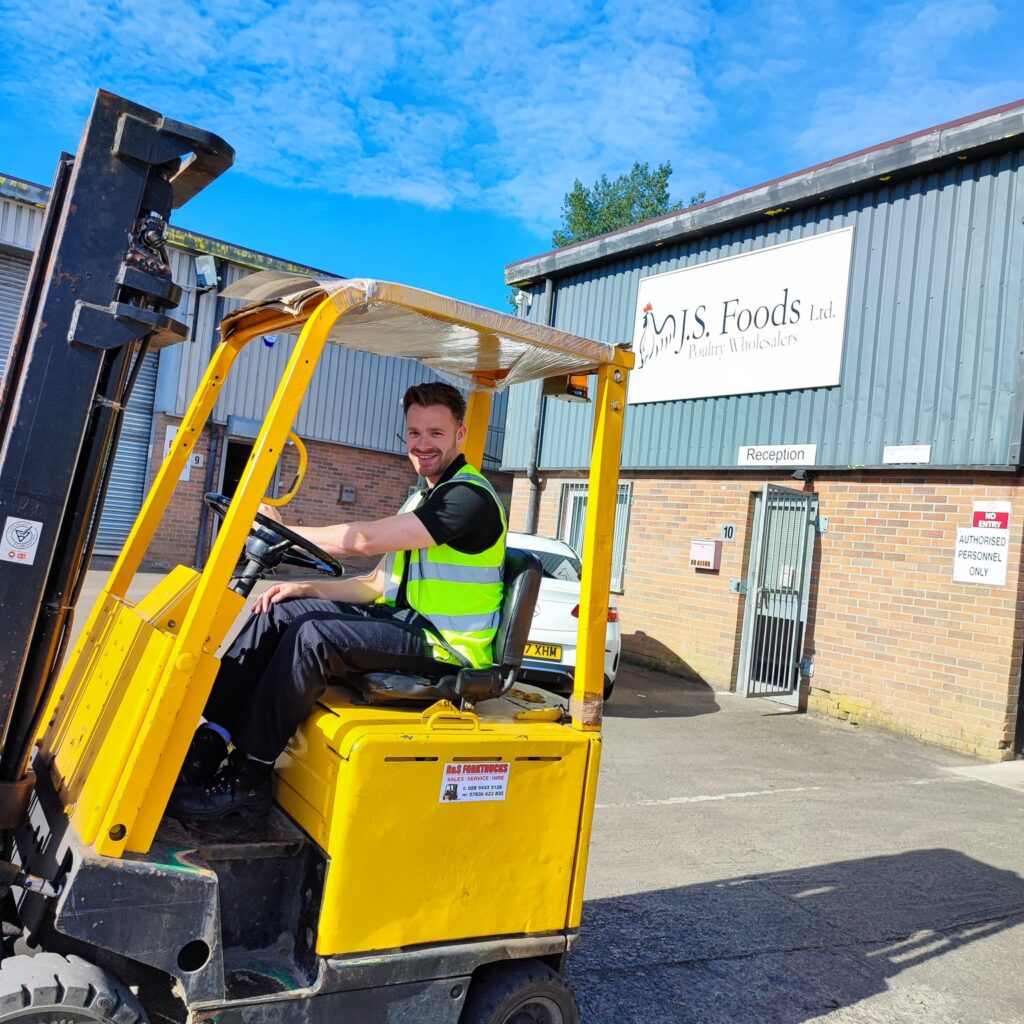Pre-operation check
Today, I want to stress the importance of performing on forklifts before use. Doing a thorough check before operating a forklift is critical to ensuring the safety of everyone in the workplace.
A pre-operation check involves inspecting various parts of the forklift, including brakes, steering, tires, lights, and the horn. Failure to perform these checks can result in serious accidents, causing injury, and damage to property.
Employers are responsible for ensuring that their employees are well-trained and follow safety procedures, including performing pre-operation checks on forklifts. Employees must take their responsibility seriously and do their part in maintaining a safe work environment.
So, let’s prioritize safety and always perform pre-operation checks on forklifts. By doing so, we can prevent accidents and ensure the well-being of everyone in the workplace.
If your company does not have one and would like a template, please email me and I will send one to you at
brianford@safety1stforklifttraining.com








